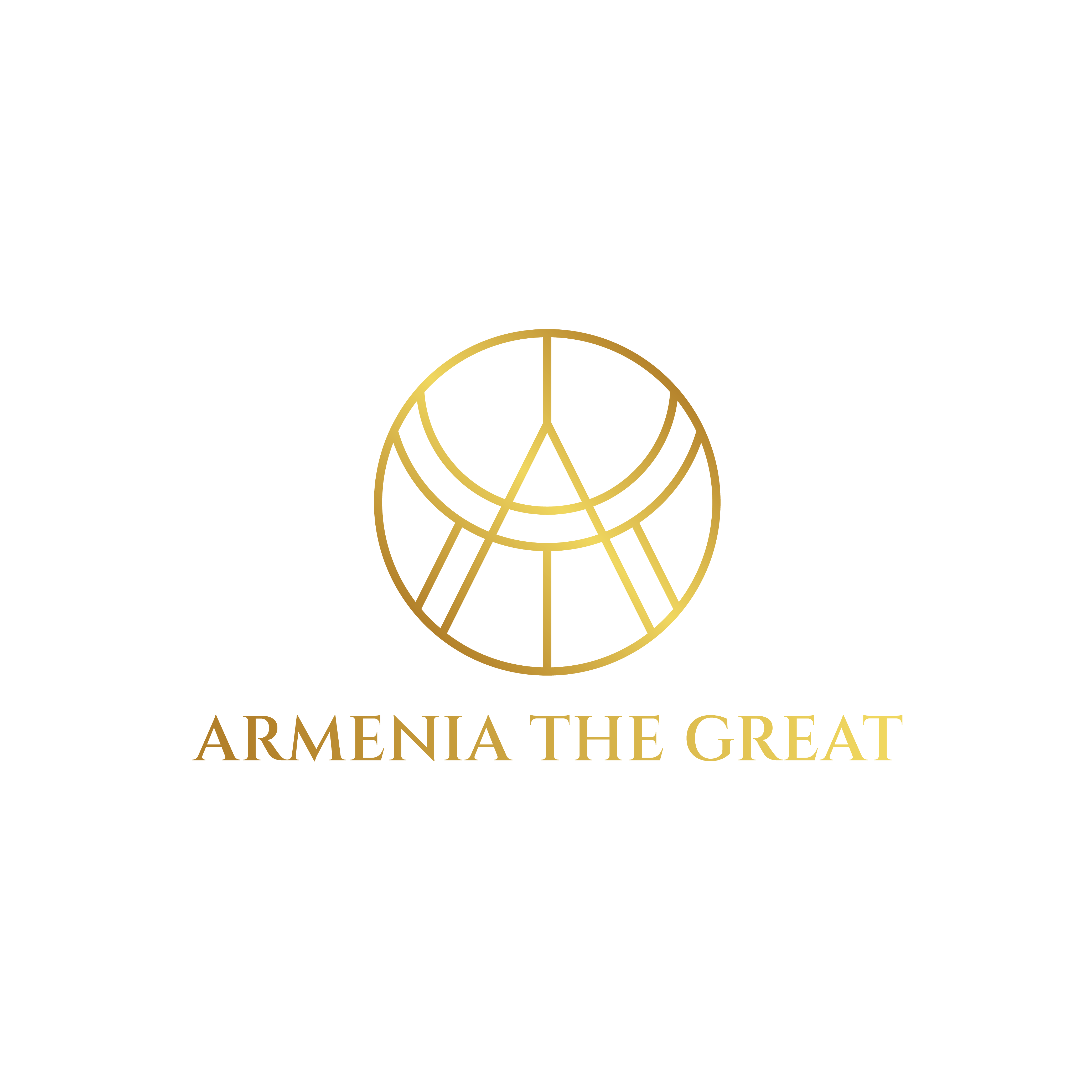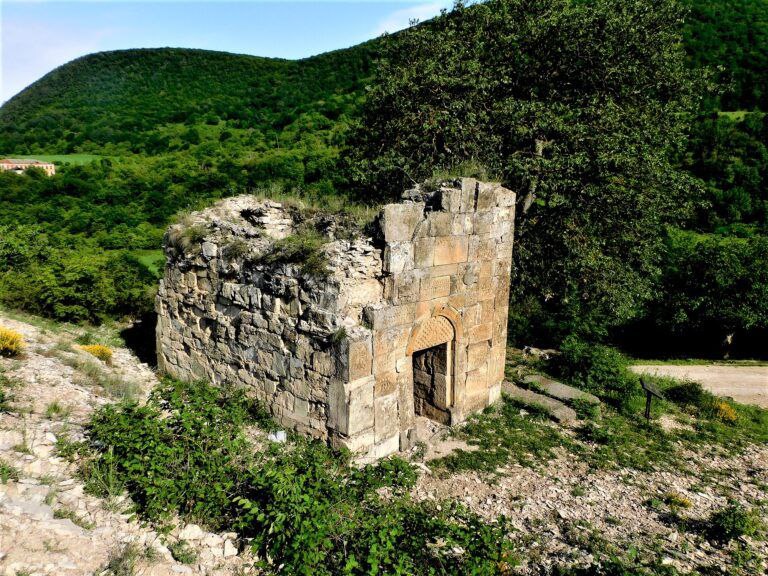The largest monastery in Artsakh in terms of territory, the monastic complex of the 5th-13th centuries is located northeast of the village of Khatsi, in the Martuni region of Artsakh.
The small village of Hatsi is a repository of antiquities and legends. The deep past of Khatsi is associated with the activities of the Armenian king Vachagan the Pious (5th century) and its name in the form of Khatsik was included in the folk legend about the love of the king Vachagan and the simple girl Anahit.
The very name of the monastery comes from the words “Bri”, which means rough, uncouth, and “Ekhtsi” (“ekehetsi”) – a church, a monastery. “Bri Yekhtsi” – “a church built of rough-hewn stones”.
The main difference between the churches of Bri Yeghtsi Monastery is that their western walls are made of specially carved khachkars. Also, more ancient khachkars, found on the territory of the monastery, were used in the construction.
The complex itself consists of a church-chapel located on a hilltop, two separate churches united by a common porch, two gates of the complex, a demolished chapel, auxiliary (destroyed) buildings and a fourth church at the foot of the hill.
On the territory of the monastery, several early khachkars of the 5th-7th centuries have been preserved. and the Armenian cemetery of the 12th-19th centuries. However, the found numerous remains of ancient monuments, as well as the legends preserved among the people, testify to the existence here of the former times of a pagan cult center.
The remains of ancient structures, parts of tetrahedral stelae, fragments of ornamented slabs, cornices, capitals, bases, which bear the characteristic imprints of construction equipment and early ornamentation, are scattered throughout the complex. There can be no doubt that these architectural details belonged to some more famous temple, one of the religious buildings of Artsakh.
Today the monastery is in disrepair. Churches located on the slope and the roof of the church is completely destroyed…


11 thoughts on “BRI YEGHTSI”
Comments are closed.